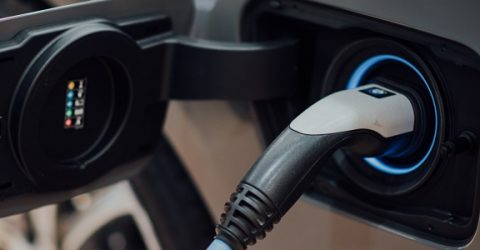How energy efficient is your broadband?
There might not seem to be many parallels between power and internet connectivity, but energy efficient broadband can be measured and analysed

The chances are you’ve never stopped to consider the energy demands of home broadband.
Everything from the servers hosting online content to the wireless router distributing data around your home relies on electricity, as do the devices we access the internet on.
Then there’s hardware like pavement exchanges, where fibre cabling is sub-divided into connections to individual properties. They draw considerable power from the National Grid.
This infrastructure consumes power around the clock, supplied by the same power stations that keep our streetlamps lit and maintain our domestic electricity supplies.
In fact, calculating how energy efficient broadband is involves considering a combination of factors both inside and outside the home.
Networks
Research last autumn by the Prysmian Group demonstrated how much variance there is across energy efficient broadband networks, depending on the hardware being used.
They concluded Fibre to the Premises networks are more efficient than Fibre to the Cabinet, where fibre cabling at exchanges gives way to copper phone lines into our homes.
Hybrid fibre networks like Virgin Media’s DOCSIS 3 were calculated to consume more energy and power over a year than any other method of fibre cabling.
The most efficient system is the Gigabit Passive Optical Networks FTTP solution employed by Openreach, which uses ten per cent less energy than FTTC infrastructure.
And while Prysmian’s calculations were based on German data, assuming steady bandwidth transfers of 50Mbps, it still shows how energy consumption can vary across broadband networks.
Domestic
While network infrastructure is beyond your control as a consumer, there are plenty of things you can do to ensure energy efficient broadband at home.
ISPs don’t publicise how much energy their broadband routers use, because there’s no requirement for them to do so.
However, unplugging your wireless router overnight (or before leaving the house for more than a few hours) will undoubtedly help to reduce its energy footprint.
Routers don’t know when we’re not at home, so they’ll still be communicating with smart devices and looking for hardware to connect to, even if everyone’s out.
Similarly, you certainly don’t need to have smart speakers and streaming media players constantly engaged in dialogue with your router unless they’re in use. Unplug them instead.
Disconnecting Alexas and Hives could significantly reduce energy use, since these devices draw extra power to constantly communicate with the router and are rarely idle.
The same is true of set top boxes and smart TVs.
For instance, the Sky Q TV box draws power and consumes bandwidth even on standby. If nothing’s set to record, it can be powered down and rebooted later.
You can study the effects of disconnecting individual web-enabled devices (and routers) on a smart meter, which are themselves capable of working offline.
If your energy provider doesn’t offer one as part of its electricity contracts, it’s possible to buy a smart meter online for less than £50.
A final way to reduce your footprint is through a carbon offsetting scheme like BroadbandDeals.co.uk’s #OffsetYourInternet program. This ensures that when you switch broadband providers through our website, we’ll pay to capture 200kg of carbon dioxide from the environment – effectively offsetting the amount used by an average household’s broadband for a whole year.






